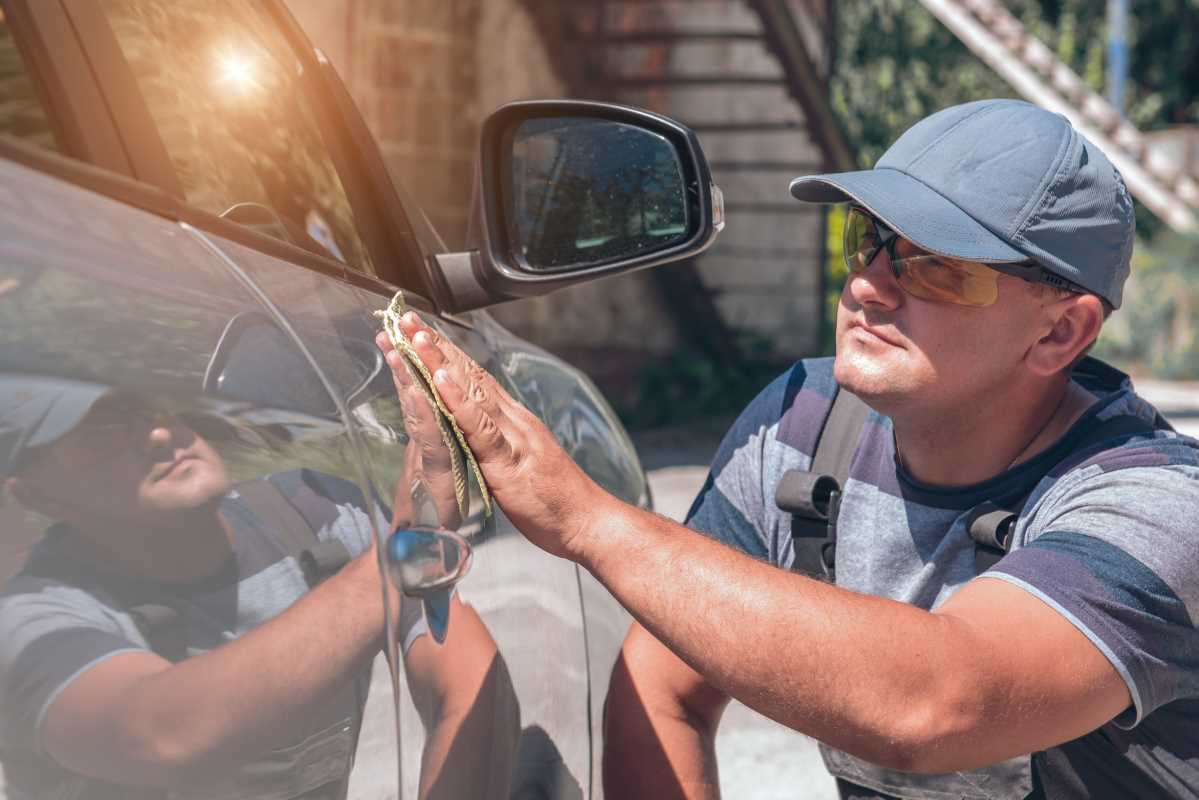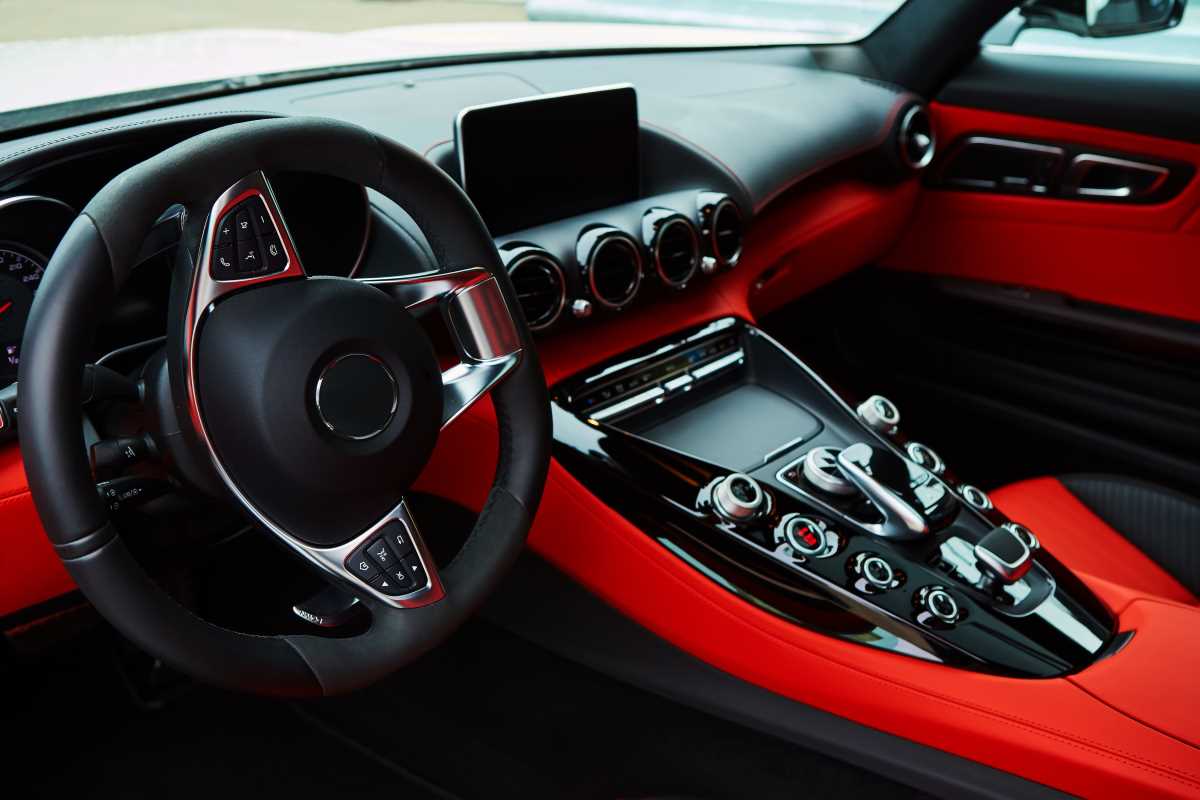The automotive industry continually evolves, embracing innovative technologies to enhance vehicle durability and aesthetics. Among these advancements, self-healing car paint stands out as a remarkable development. This technology promises to maintain vehicles' pristine appearance and extend the lifespan of their paintwork, offering substantial benefits to car owners and manufacturers alike.
The Concept of Self-Healing Technology in Automotive Paint
Self-healing technology in automotive paint refers to the ability of a vehicle's paint layer to repair minor scratches and damages without external intervention automatically. This cutting-edge approach ensures that the car maintains its original finish with minimal maintenance.
- Autonomous repair of minor surface scratches.
- Improved resistance to environmental factors such as UV rays and oxidation.
- Use of advanced polymers and microcapsules that activate upon damage.
- Reduction in the need for frequent repainting or touch-ups.
Engineering Marvels Behind Self-Healing Car Paint
- Microencapsulation Technology: Engineers embed microcapsules containing healing agents within the paint. When the paint layer sustains damage, these capsules break open, releasing the agents that mend the scratch.
- Thermal Activation: Some self-healing paints use materials that react to heat, enabling the paint to flow and self-repair when exposed to specific temperatures.
- Advanced Polymers: The use of specialized polymers allows the paint to regain its original properties after being scratched or abraded, ensuring longevity and resilience.
- Nanotechnology: Incorporating nanoparticles enhances the paint's ability to self-heal by improving its structural integrity and responsiveness to damage.
- Smart Coatings: These coatings can detect damage at a molecular level and initiate the healing process autonomously, ensuring consistent quality and protection.
Benefits of Self-Healing Paint for Car Owners
- Extended Paint Longevity: Self-healing properties help maintain the car's appearance longer by repairing minor damages that would otherwise require repainting.
- Cost-Effective Maintenance: Reducing the need for regular touch-ups and professional repainting lowers the overall maintenance costs for car owners.
- Enhanced Aesthetic Appeal: Vehicles retain their showroom shine and flawless finish, enhancing their visual appeal and resale value.
- Environmental Benefits: Less frequent repainting means reduced use of paint chemicals and solvents, contributing to a lower environmental footprint.
- Increased Durability: Self-healing paints offer better protection against scratches, chips, and other minor damages, ensuring the car's exterior remains intact for longer periods.
Brand Adoption
Several leading automotive manufacturers have begun integrating self-healing paint into their vehicle paint jobs. Notably, brands like Tesla and Toyota have showcased models featuring this advanced technology, demonstrating their commitment to innovation and quality. Companies specializing in paint protection films, such as GleamWorks, are pioneering the application of self-healing coatings, offering consumers enhanced protection for their vehicles.
Unique and innovative vehicle paint jobs exemplify the versatility and aesthetic potential of modern automotive paints.
Drawbacks and Limitations of Self-Healing Paint Technology
- Higher Initial Costs: The advanced materials and processes involved in producing self-healing paint can lead to higher upfront costs compared to traditional paint.
- Limited Repair Scope: While effective for minor scratches and damages, self-healing paints may not be able to address more significant impacts or deep abrasions.
- Dependency on Specific Conditions: Some self-healing mechanisms require certain environmental conditions, such as specific temperatures, to function optimally.
- Technological Complexity: The integration of self-healing technology adds complexity to the manufacturing process, which can present challenges in mass production and quality control.
- Potential for Uneven Healing: In some cases, the healing process might not be uniform across the entire affected area, leading to inconsistencies in the paint finish.
Self-healing car paint represents a significant leap forward in automotive technology, blending innovation with practicality to offer enhanced protection and aesthetic longevity. As research and development continue, the technology is poised to become more accessible and effective, promising a future where vehicles can maintain their flawless appearance with minimal effort.
Looking ahead, the continued evolution of self-healing paint technology can revolutionize vehicle maintenance, making it easier for car owners to preserve the beauty and integrity of their automobiles for years to come.







